It often happens that while walking through the market, along the way we come across such a beautiful bouquet that even after buying we want it to delight with its beauty as long as possible. And this desire is quite possible to fulfill. If you have your own plot, then you can grow beautiful roses in a flower bed. It remains only to resolve the issue of planting material.
If you go to the garden center for a bush, you will be amazed at how expensive it is as opposed to a bouquet. But here, too, you can find a solution.
To acquire a full-fledged rose bush of a certain variety, you do not have to deal with root shoots, carry out the necessary care operations, which are mandatory when using a purchased seedling. You can do much easier - root a rose from a bouquet... However, keep in mind that this method does not guarantee that everything will work out, especially if you use Dutch hybrids purchased at the store. However, even if you manage to get hold of at least one full-fledged bush, you can consider that you have not wasted your time.
Content
How to grow a rose from a cutting at home?
In terms of efficiency, propagation by cuttings is one of the most popular methods among florists. This can be explained by the fact that, if carried out correctly, you will be able to get a bush of the variety that you dreamed of from the very beginning. Rooting cuttings from a bouquet can be carried out both in ordinary soil and in pots or other containers that you have at home.
One point needs to be clarified right away: you can find many opinions on the Internet about this method, and not all of them are true.
You need to be prepared for the success of rooting cuttings ends no more than 70% of cases... An even lower percentage of survival in long-stemmed plants, which does not exceed 15-20%. However, if you are determined to get planting material in a similar way, then it will not make much difference for you whether to root one cutting or a dozen.
How to grow from a bouquet
This activity includes certain nuances, which every novice florist should know about before embarking on the implementation of his idea.
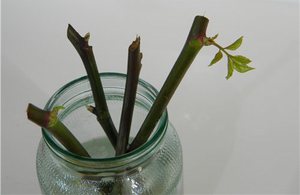 rooting of cuttings of plants with red or pink buds is most successfully completed. If you try to root stems with yellow and orange flowers, you will in most cases fail. The most risky is the rooting of plants with white and white-green buds;
rooting of cuttings of plants with red or pink buds is most successfully completed. If you try to root stems with yellow and orange flowers, you will in most cases fail. The most risky is the rooting of plants with white and white-green buds;- to increase the chances of rooting cuttings, it is advisable to do this in late spring, summer and September. If you choose a different time for this activity, then you will expect a lower percentage of rooted cuttings. Serious difficulties await you if you decide to root roses in this way in January-February. Indeed, at this time of the year, it will be necessary to provide the bushes with additional lighting and maintain an optimal level of air humidity;
- those who believe that the stalk that began to grow after transplantation already has a formed root system are strongly mistaken. There are many known cases when after a couple of weeks the shoots dry up, and the cutting turns black and dies. In such situations, it does not even come to the formation of callus - the tissue that is necessary for the formation of roots;
- most often, the rooting of cuttings with weakly blossoming buds ends with success. By using plants that have long faded and have been in a vase for at least a week, you doom yourself to failure. The time in the vase directly affects how much the plant has left for rooting.
Rooting procedure
If you have long been visited by the idea of reproduction of the bud you like, but you do not know, how to plant a rose from a bouquet, then you should start implementing this plan already at that moment, when you put it in a vase.
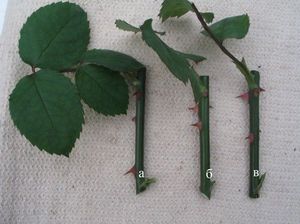 First of all, you need to cut off the tip of the stem with sharp scissors to form a slanting cut and place it in water. As a result, you prevent air bubbles from entering the cut site. The rose will benefit from renewing the cut and adding fresh water to the vase every day. You can also add a little honey to the flower vase: one drop will be enough, and then you will see the changes. After all, honey is an excellent biostimulant. The stem should be more than half in the water;
First of all, you need to cut off the tip of the stem with sharp scissors to form a slanting cut and place it in water. As a result, you prevent air bubbles from entering the cut site. The rose will benefit from renewing the cut and adding fresh water to the vase every day. You can also add a little honey to the flower vase: one drop will be enough, and then you will see the changes. After all, honey is an excellent biostimulant. The stem should be more than half in the water;- before harvesting the cuttings, you will have to cut off the bud. After that, the stems are immersed in a container of water so that they are completely hidden in it. In this state, they must remain during the day;
- for harvesting cuttings use the middle part of the stem. They should not differ in thickness from a pencil, and the length should be 15-25 cm. Be sure to tear off the leaves, with the exception of two located at the top. You don't need thorns, so you can remove them too;
- for propagation, you can use cuttings that have at least two or three buds. The cut located at the bottom of the stem should be made at an angle and midway between the internodes. The upper cut is performed horizontally, it should be no higher than 1 cm above the kidney. Subsequently, it should be treated with a crushed activated carbon tablet. In the lower part, an incision is made in the form of a cross with a knife, and it should penetrate into the depth by about 8 mm.
Also root cuttings it is possible with one kidney... But it makes sense to resort to this method in cases where a limited number of colors are available. In this case, three to four cuttings 8 cm long can be obtained from one stem. However, for rooting, it is allowed to use only those cuttings in which the bud is in the middle.
Use of biostimulants
After that, it is necessary to process the cut at the bottom of the stem using any root stimulants available. The choice of such drugs broad enough today:
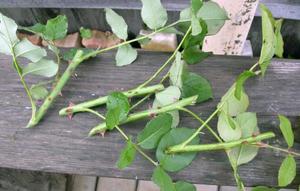 Kornevin;
Kornevin;- Heteroauxin;
- Epin;
- Charkor;
- Aloe juice (20 drops per glass of water);
- A teaspoon of honey in a glass of water.
When the cut site is treated with a powder stimulant, the cutting is transferred to the soil. If a liquid biostimulant was chosen, then the cutting must be kept for 12 hours.
Soil preparation and planting of cuttings
Before planting cuttings in a flowerpot, greenhouse or garden bed, you will have to prepare the site. In the ground you definitely need add crumbly humus, remove weeds, water, and pour a layer of sand and a small amount of ash over the soil. If necessary, you can also use a store-bought soil mixture for roses. During planting, the cuttings are immersed in the ground in an inclined position so that only one bud is above the ground. For each cutting, it is imperative to make a mini-greenhouse, using a transparent plastic bottle for this purpose.
For watering, the cover is removed and water is poured into the hole.When growing cuttings outdoors, you will need to protect them from the midday sun. For this purpose, a non-woven covering material can be used. It may take different times for the root system to form, depending on the soil temperature. When planting cuttings in the ground heated to + 18 degrees, well-developed roots will appear on the cuttings in a month. By that time, an shoot will begin to grow from the bud.
However, having seen the above signs of successful rooting of the cuttings, you should not rush to clean the greenhouse. Shoot growth is not yet a signal that a full-fledged root system has formed in the cutting. If you leave the plant without shelter, then it will not be able to receive the required amount of moisture from the soil. Using a greenhouse further, you can reduce moisture evaporation.
The stalk should continue to grow with shelter in winter, it can be removed only for the next season, and this is not done immediately, but in stages in order to accustom the bush to natural conditions.
During the first year of life, new buds must be cut off the bush. This will help the plant use its strength for growth, so after a year it will be able to fully bloom.
A similar scheme is used for roses that are rooted in pots. True, the containers must be filled with good drainage, which must occupy at least a quarter of the height. A layer of sand is also poured over the planting soil. This operation will help prevent fungal infections of the plant.
Rooting cuttings in water
 Alternatively, you can use this rooting method. However, it must be borne in mind that it is not only more laborious, but also quite often ends in failure... This propagation method is recommended for breeding dwarf and ground cover varieties. Cuttings are harvested according to the same scheme as described above. Then they are transferred to a jar of water, which must be filled with a height of 2.5 cm.
Alternatively, you can use this rooting method. However, it must be borne in mind that it is not only more laborious, but also quite often ends in failure... This propagation method is recommended for breeding dwarf and ground cover varieties. Cuttings are harvested according to the same scheme as described above. Then they are transferred to a jar of water, which must be filled with a height of 2.5 cm.
Following the above instructions, biostimulants are added to the water, for example, Kornevin or Guerreroauxin. Be sure to pull a plastic bag over the jar and transfer it to a lighted place, which must be protected from direct sunlight. It is imperative to ensure that the water level does not fall below 2.5 cm. add settled water... Callus usually appears after two to three weeks in the lower part of the cutting. This is a good hint that it is time to pot the cuttings. From that moment on, it is grown without shelter.
Conclusion
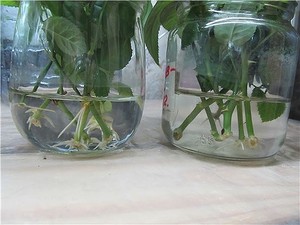 To become the owner of a beautiful bush, it is not necessary to go to the garden center and buy expensive seedlings. You can easily get this plant from the bouquet you have. Many experienced flower growers have long been practicing the method of propagating roses by rooting stems from a bouquet. Therefore, it will not be a big hindrance that you do not yet know how to root a rose from a bouquet.
To become the owner of a beautiful bush, it is not necessary to go to the garden center and buy expensive seedlings. You can easily get this plant from the bouquet you have. Many experienced flower growers have long been practicing the method of propagating roses by rooting stems from a bouquet. Therefore, it will not be a big hindrance that you do not yet know how to root a rose from a bouquet.
Cuttings prepared in this way can be plant both in open ground and in pots... However, keep in mind that this breeding method does not always guarantee a 100% result. Therefore, to increase the chances of success, it is advisable to use a dozen or two pink stems.
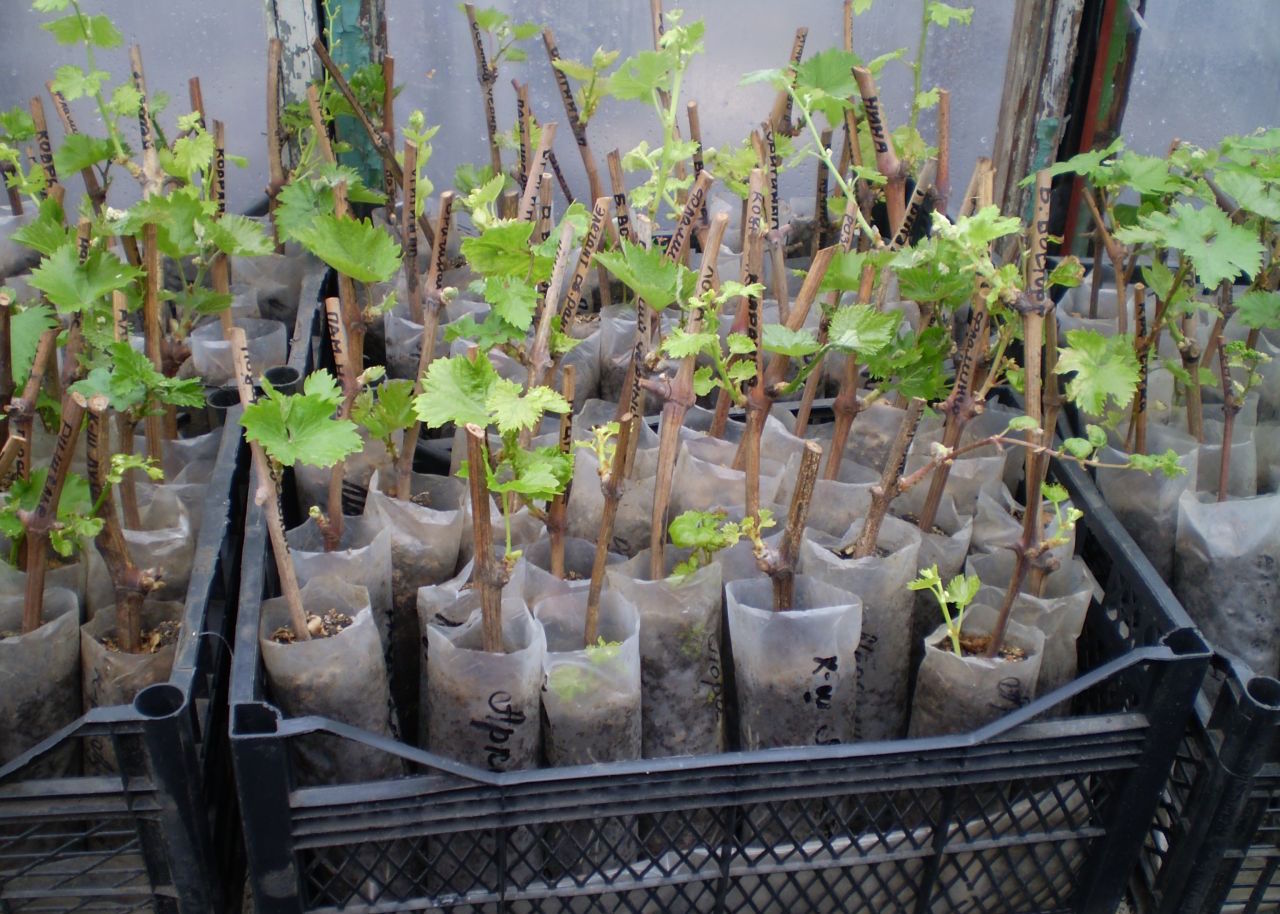
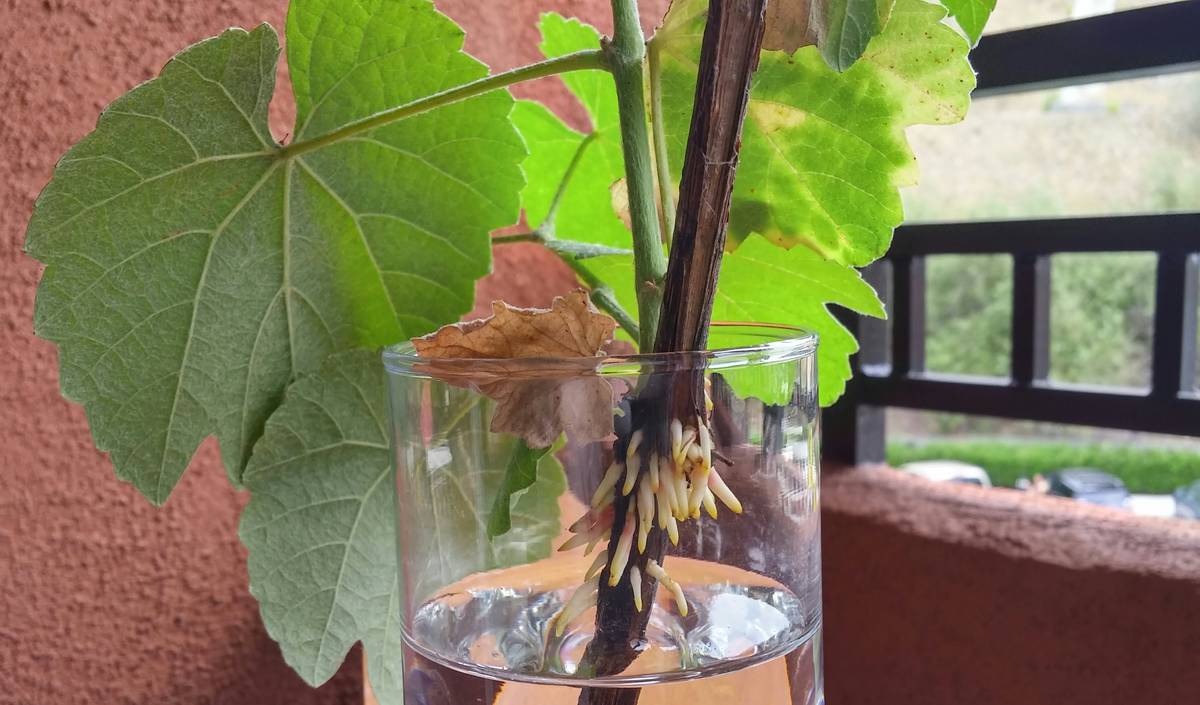
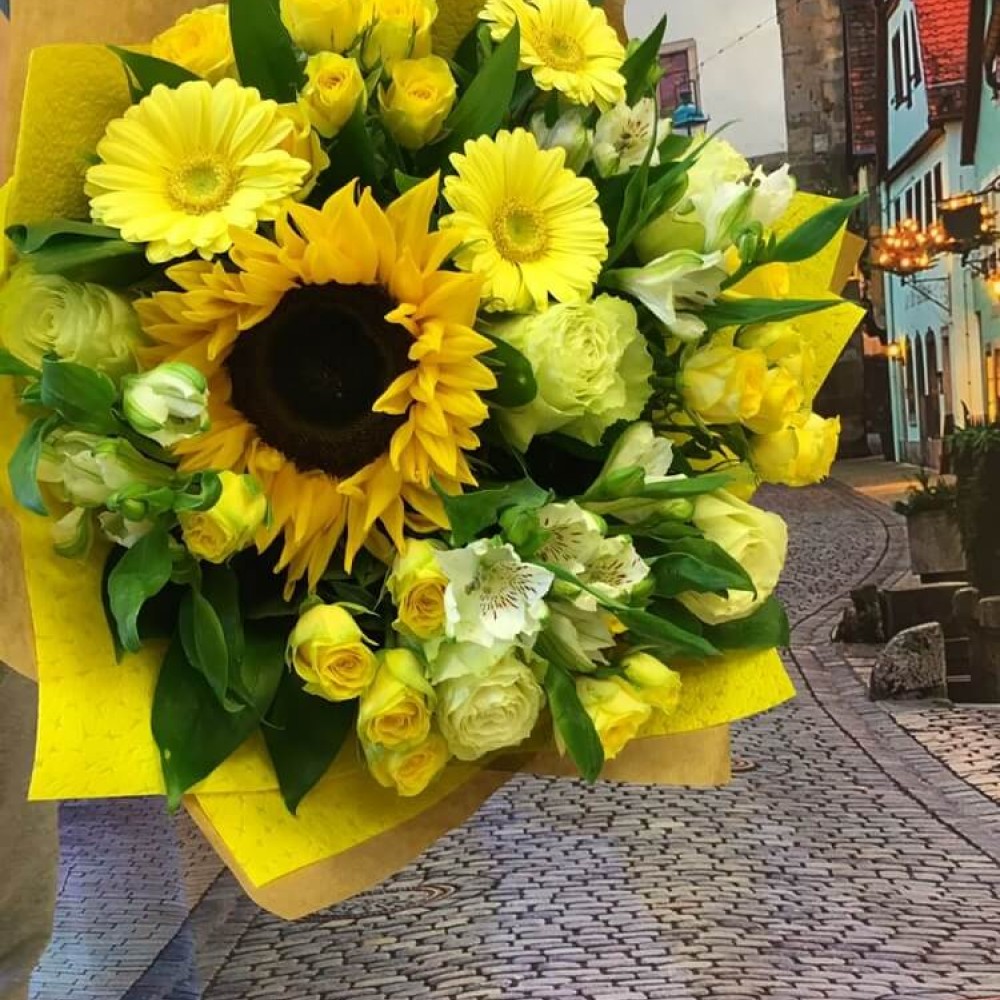
4 comments